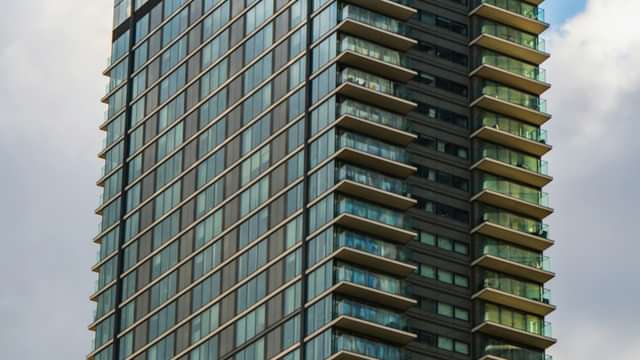Throughout the pandemic, given the economic climate, we have seen a rise in the number of tenants exercising break clauses in their leases. This has given rise to disputes between a tenant who is seeking to validly exercise its break right, thus bringing the lease and its contractual liabilities to an end, and a landlord who, particularly in the current climate, may seek to argue the break has not been validly exercised and that the lease is continuing.
The importance of effectively breaking a lease and complying with the break conditions cannot be overstated; getting it wrong can have very expensive implications for a tenant. In recent years, tenants have largely found themselves on the wrong side of cases regarding contested break clauses, largely as break conditions must be strictly complied with.
Vacant possession
A condition common in many break options is the condition requiring a tenant to give vacant possession of premises. The meaning of the requirement to give vacant possession of premises is often a source of dispute.
Key cases in the past have arisen following a tenant’s failure to remove all of its chattels from the property by the break date. In such cases, the court has been consistent in finding that such failure will lead to the property not being handed back with vacant possession. It has also previously been held that the obligation to give vacant possession requires a tenant to make the property available in a state which the landlord can both physically and legally occupy.
The Court of Appeal case of Capitol Park Leeds v Global Radio Services has looked at the question or whether you can fail to deliver vacant possession by leaving too little in the property, thus rendering the break invalid.
Capitol Park Leeds v Global Radio Services
In Capitol, it was a condition of the break clause that the tenant gave vacant possession of the premises.
The premises were defined in the lease as including
“all fixtures and fittings at the premises whenever fixed, except those which are generally regarded as tenant’s or trade fixtures and fittings, and all additions and improvements made to the premises.”
The tenant served its break notice and started dilapidations work. It stripped out significant elements of the premises (including landlords’ fixtures) in an attempt to minimise dilapidations liability, including ceiling tiles, window sills, heating pipework and lighting.
The landlord argued that the tenant had not given vacant possession of the premises, having handed back an empty shell which was unoccupiable. The landlord argued that by removing significant elements of the building and landlord’s fixtures, the tenant had failed to give back “the premises.”
The High Court decided that the break condition was not satisfied as the tenant had failed to give vacant possession and therefore that the lease continued to its term date. The definition of premises prevented the tenant from handing back an empty shell which couldn’t be occupied. The High court held the tenant gave back considerably less than the “premises” as defined in the lease.
On Appeal, the Court of Appeal found that the tenant had given vacant possession and provided clarity on interpreting a vacant possession condition, confining it to returning the premises “free of the trilogy of people, chattels and interests”, so not focusing on the physical condition of the premises.
In Capitol, the parties to the lease did include any requirement in the break clause for the tenant to observe and perform covenants in the lease. Whilst the yield up clause did require the premises to be yielded up with vacant possession “in a state of repair, condition and decoration which is consistent with the proper performance of the tenant’s covenants”, the break clause made no mention of repair and condition. This leant support to the tenant’s case that the break was not concerned with the physical state of the premises.
Even though the property was returned in an awful state, that did not preclude valid exercise of the break. The landlord’s remedy was to seek damages for whatever loss it had suffered; indeed the break clause explicitly stated that termination was to be without prejudice to any right of action in respect of any previous breach of covenant or condition.
Practical effects of the decision in Capitol
Although each case will turn on the facts, the decision provides some clarity on the meaning of and requirement to provide vacant possession in the context of a break condition. In summary, whilst you can fail to deliver vacant possession by leaving too much in the property, you cannot fail to do so by leaving too little.
Tenants will be relieved by this decision. Just because break conditions must be strictly complied with, does not mean that the condition should be interpreted in the landlord’s favour.
From a tenant’s point of view, this case emphasises the importance of minimising break conditions. When negotiating your lease, it is best to avoid a vacant possession condition and instead include no conditions, or a simpler requirement to give up occupation.













































































































